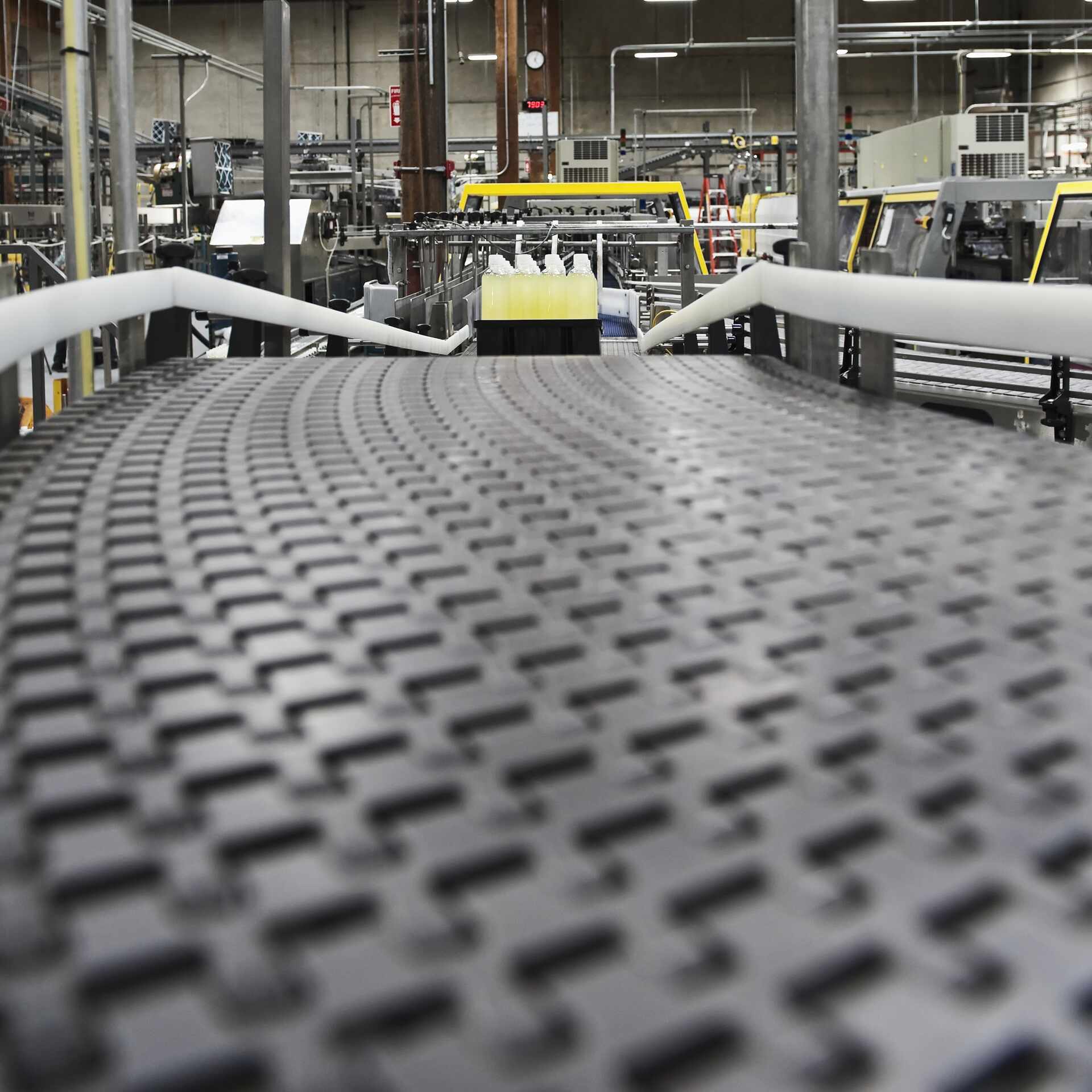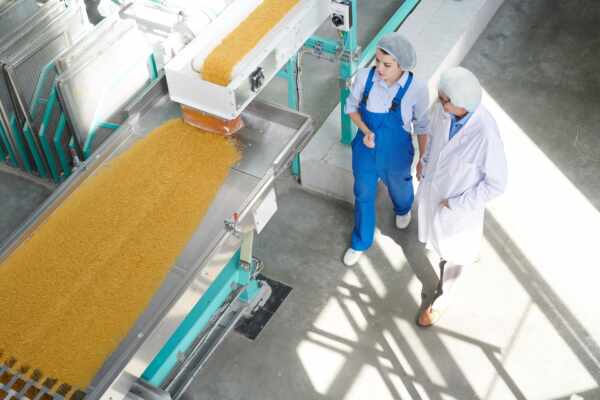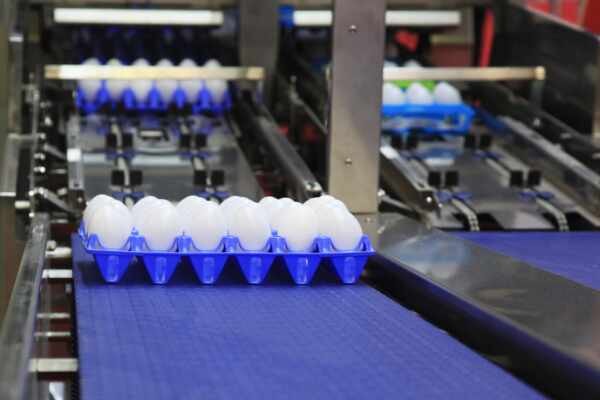Conveyor systems are an indispensable part of many industries, streamlining production processes, increasing efficiency, and enhancing overall productivity. With a vast array of conveyor systems available, selecting the most suitable one for your facility can be a daunting task. It is important to consider a range of factors, from the types of products being transported to your specific industry requirements and budgetary constraints. This comprehensive guide is here to assist you in making an informed decision, ensuring that your facility benefits from a conveyor system tailored to its unique needs.
In this article, we will delve into the various types of conveyor systems available, examining their key features, benefits, and ideal applications. From belt conveyors and roller conveyors to overhead and slat conveyors, we will provide you with valuable insights into each system’s distinguishing aspects. Our objective is to equip you with the knowledge needed to determine which conveyor type best aligns with your facility’s requirements.
In addition to exploring the diverse range of conveyor systems, we will consider the critical factors that should inform your decision-making process. These considerations include industry-specific demands, scalability, ease of maintenance, and energy efficiency, all of which play a crucial role in ensuring your chosen conveyor system not only meets your immediate needs but also supports your facility’s ongoing growth and success.
So, embark on this enlightening journey with us as we navigate the world of conveyor systems and offer expert advice to facilitate your decision-making process. With our support, you can approach this crucial investment with confidence, armed with the information you need to choose the best conveyor system for your facility. Be well-equipped for selecting the perfect conveyor system for your facility with invaluable insights from Change Parts Pty Ltd.
Types of Conveyor Systems
Belt Conveyors
Belt conveyors are among the most versatile and widely used conveyor systems, consisting of two or more pulleys with an endless loop of material – the conveyor belt – that rotates around them. Ideal for transporting various materials, including loose, bulk, or packaged products, belt conveyors are commonly used in industries such as food processing, logistics, and manufacturing.
Roller Conveyors
Roller conveyors utilise a series of parallel rollers set in a frame to transport items from one location to another. These conveyors come in two main types: gravity roller conveyors, which rely on gravity to move items, and powered roller conveyors, which use chains, belts, or motorised rollers to move items. Roller conveyors are commonly used for transporting flat-bottomed items, such as boxes and pallets.
Overhead Conveyors
Overhead conveyors suspend materials overhead, often utilising hooks, trolleys or carriers to move items along a track. This type of conveyor system is well-suited to facilities with limited floor space or where vertical transportation is necessary. Overhead conveyors are commonly found in industries such as automotive, garment, and material handling.
Slat Conveyors
Slat conveyors consist of a series of slats, typically made of metal, wood or plastic, that are mounted on a chain-driven belt. This conveyor system is ideal for moving heavy items or those with irregular surfaces and is commonly used for applications such as assembly lines, product transfer, and pallet handling.
Key Factors to Consider When Choosing a Conveyor System
Industry-Specific Requirements
When selecting a conveyor system, it is essential to consider the unique demands of your industry. For example, if your facility deals with food processing, consider a conveyor system designed for safe handling and ease of cleaning to comply with strict hygiene standards. Likewise, industries involving heavy or hazardous materials may require more robust conveyor systems, such as slat conveyors.
Scalability
With changing business needs and potential expansion, having a conveyor system that can be easily scaled and adapted is crucial. Opt for a system that is modular or features adaptable sections to accommodate changes in your production process or facility layout.
Ease of Maintenance
Regular maintenance plays a critical role in prolonging the lifespan of your conveyor system and ensuring its ongoing efficiency. Choose a conveyor system with accessible components, facilitating quick and easy maintenance to minimise downtime.
Energy Efficiency
Energy efficiency is an increasingly important consideration within many industries, as businesses seek to reduce energy consumption and costs. Select a conveyor system with energy-saving features, such as efficient motors, low-energy lighting, and variable-speed drives, to maximise your facility’s energy efficiency.
Overall Cost
The overall cost of your conveyor system is a crucial factor to consider when making your decision. Beyond the initial purchase price, account for other costs such as installation, maintenance, energy consumption, and potential downtime. Weigh these factors against the benefits offered by each conveyor system type to determine the best option for your facility.
Selecting the Perfect Conveyor System for Your Facility
By understanding the different types of conveyor systems available and the key factors to consider when making your decision, you can make an informed choice that best suits your facility’s needs. It is important to remember that while there may not be a one-size-fits-all solution, taking a comprehensive and systematic approach to evaluating and selecting a conveyor system can significantly enhance your facility’s efficiency, productivity, and overall success.
For expert guidance and tailored conveyor solutions designed to support your facility’s needs, partner with Change Parts Pty Ltd – your trusted partner in choosing the perfect conveyor system in Australia.




